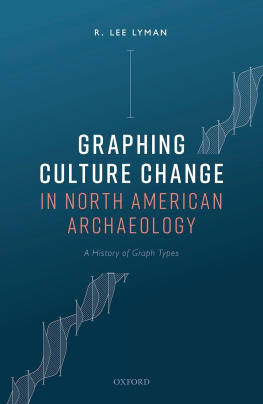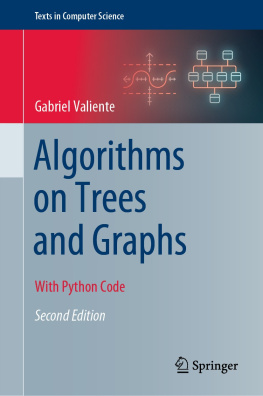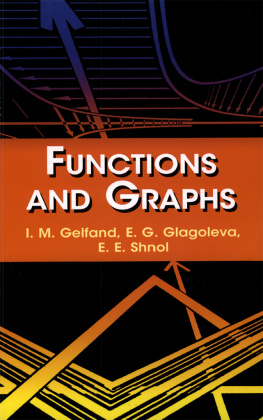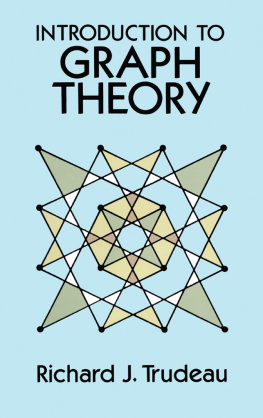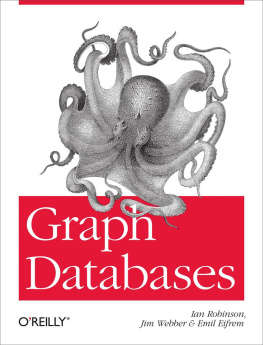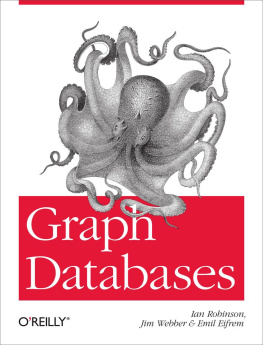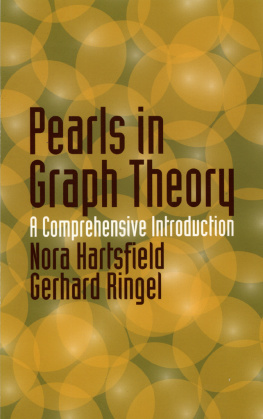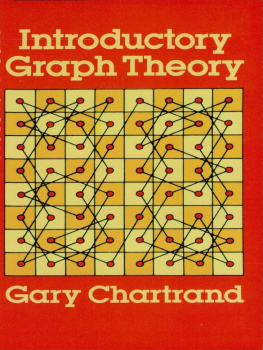Oxford University Press is a department of the University of Oxford. It furthers the Universitys objective of excellence in research, scholarship, and education by publishing worldwide. Oxford is a registered trade mark of Oxford University Press in the UK and in certain other countries
R. Lee Lyman 2021
All rights reserved. No part of this publication may be reproduced, stored in a retrieval system, or transmitted, in any form or by any means, without the prior permission in writing of Oxford University Press, or as expressly permitted by law, by licence or under terms agreed with the appropriate reprographics rights organization. Enquiries concerning reproduction outside the scope of the above should be sent to the Rights Department, Oxford University Press, at the address above
You must not circulate this work in any other form and you must impose this same condition on any acquirer
Preface
A comment to me by historian of paleontology David Sepkoski, Jr., in 2012 or 2013 prompted me to start thinking about the topic of this book. Sepkoski suggested, without realizing he was repeating a thought expressed sixty years earlier by archaeologist James A. Ford, that the idea of using spindle diagrams to graph change may have been borrowed by archaeologists from paleontology. Although intriguing, I was skeptical despite my limited knowledge at that time of the origin of archaeological graphing of cultural change (Lyman et al. 1998). When I decided to pursue the suggestion to determine its accuracy, I had no intention of writing a book. But as I looked deeper into the use of graphs by archaeologists to analyze and depict culture change, I realized there was much more to the story than the source of the idea for archaeologists to use spindle graphs. That source is, of course, a significant part of the story. An unanticipated big part of the story is the muddled theoretical and ontological position held by archaeologists during the early and middle twentieth century. Another part is the trial-and-error learning of which graph type seemed to best do the intended job. And yet another part, a very surprising part, is the general lack of published discussion by archaeologists of how cultural change might most effectively and efficiently be graphed, and the minimal discussion in textbooks of archaeological spindle graphsboth how to construct them and how to decipher them. If cultural change is in fact a major research interest of archaeologists and not just allegedly so, why have they not discussed and debated how it might be diagramed? Whatever the answer, it should be apparent that I owe much to the question posed by Dave Sepkoski, Jr.
My hope in the following pages is to broaden and deepen our understanding of what our disciplines past has been, and to thereby better appreciate why the practice of archaeology looks the way it does today. As well, granting that it seems likely the way we graph change will influence how we conceive change, and the reverse, the theoretical implications of particular graph types may prove enlightening. Although there is in the following pages an occasional tone of presentismhistory for the sake of the present and divorced of the context in which historical events took placethat is not my intention. I freely admit I have hardly scratched the surface of the socio-economic contexts in which graphing prehistory developed, nor have I explored unpublished archival sources. I also acknowledge the content of this volume represents but a first step toward enhancing our understanding of how and why anthropologists and archaeologists near the early middle of the twentieth century conceived of and graphed prehistory the ways they did. I would argue nevertheless it is a necessary first step, and if I have taken that step well (I like to think I have taken it well), that should make subsequent steps easier.
Thank goodness for the Biodiversity Heritage online materials, and the HathiTrust online materials. Both allowed me the luxury of sitting at my desk in my office, cup of coffee in hand, while I skimmed through countless pages of old literature. I suspect the appendices in this volume would be much shorter and my data of much lesser magnitude had that old literature not been so readily available. Many thanks as well to the University of Missouri Interlibrary Loan personnel and MUs Ellis Librarys staff for help in obtaining several key pieces of literature that were not online and not available on their bookshelves.
Colleagues who helped along the way, often without knowing it, include Gregory Fox, Steve Wolverton, Michael J. OBrien, Marco Tamborini, Todd VanPool, Christine VanPool, Karthik Panchanathan, Tyler Faith, and David Sepkoski, Jr. They should be applauded for helping me. None of them can be blamed for weaknesses and errors herein; those are all completely mine.
Two anonymous reviewers (one of whom later confessed) provided extremely thoughtful suggestions on how to improve an early draft. They can be credited for some of the good stuff. I take full credit for all the errors of omission and commission, and any misconceptions or poor reasoning.
Some of the original figures reproduced here are freely available online, and were copied straight from the original online document (Figures 2.2, 5.3, 5.4, 5.7, 7.20, 8.11, and 9.8). For permission to reproduce original figures, I thank the following:
Copyright Clearance Center, Journal of the Royal Anthropological Institute of Great Britain and Ireland (Wiley), for Figure 1.1.
American Museum of Natural History Anthropological Papers, for Figures 8.8 and 8.9.
My wife Barbara was, as usual, a wonderful sounding board over the breakfast table and, perhaps too often, the dinner table. And my granddaughters Hailey, Veronika, and Avery provided much-appreciated distractions. Once she learned what I was working on, Veronika always made a point of asking, if in a somewhat amused tone, How is the spindle graph book coming along? All of these wonderful women in my life made sure I never took myself too seriously. They simply would not let me. Hopefully, at some not too distant future time, they will look at this volume and get an idea of some of the archaeological things that interested me.
Contents
A good graph looks stone simple. Simplicity permits viewers to go directly to the information, to view it, to see how it stacks up against their expectations, and if the graph is truly successful, to wonder.
(Gary T. Henry : 144)
Graphs tend to have two functions in research endeavors. One is to transform observations on phenomena, often but not necessarily in the form of quantitative data, into a visual representation such that previously unperceived patterns or trends are revealed. In this role, graphs are analytical tools that can facilitate visual thinking (Root-Bernstein ) demonstrate, the development and adoption of spindle diagrams in the nineteenth century by paleontologists was the result of this graph type working exceptionally well at summarizing aspects of the evolutionary history of life, especially fluctuation over time in the richness of life forms. It is difficult to imagine another form of graph that simultaneously illustrates the passage of time (the long axis of the spindle, oriented either according to stratigraphic superpositionthat is, with the temporal axis oriented verticallyor oriented horizontally such as when reading left to right) and the waxing and waning of lifes richness (the width axis of the spindle, wider for a greater abundance of kinds of life forms, narrower for a lesser abundance of kinds of life forms). Spindle diagrams were developmentally preceded by and are a form of time-line graph that show not only the temporal position of a higher taxon or clade but also the historical points of the origin and extinction, temporal duration, and fluctuating richness of that higher taxon or clade (e.g., the number of species or genera within a taxonomic family during each temporal unit).

